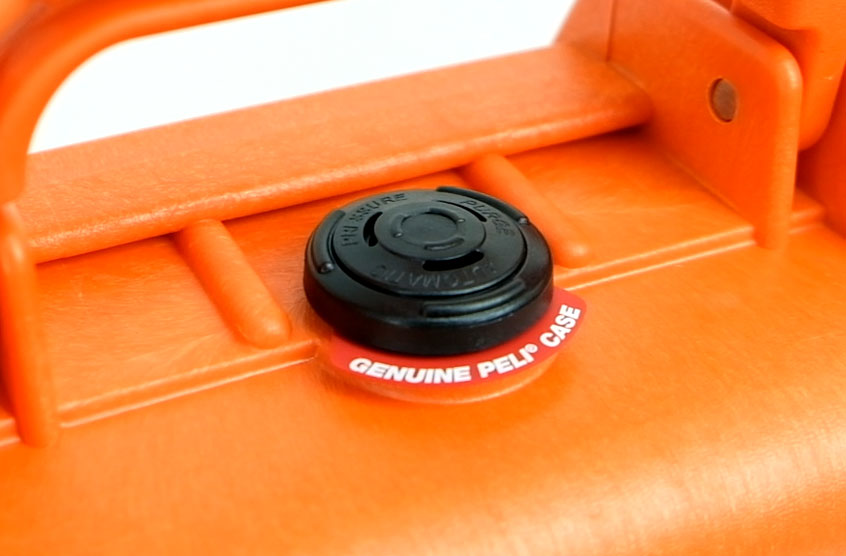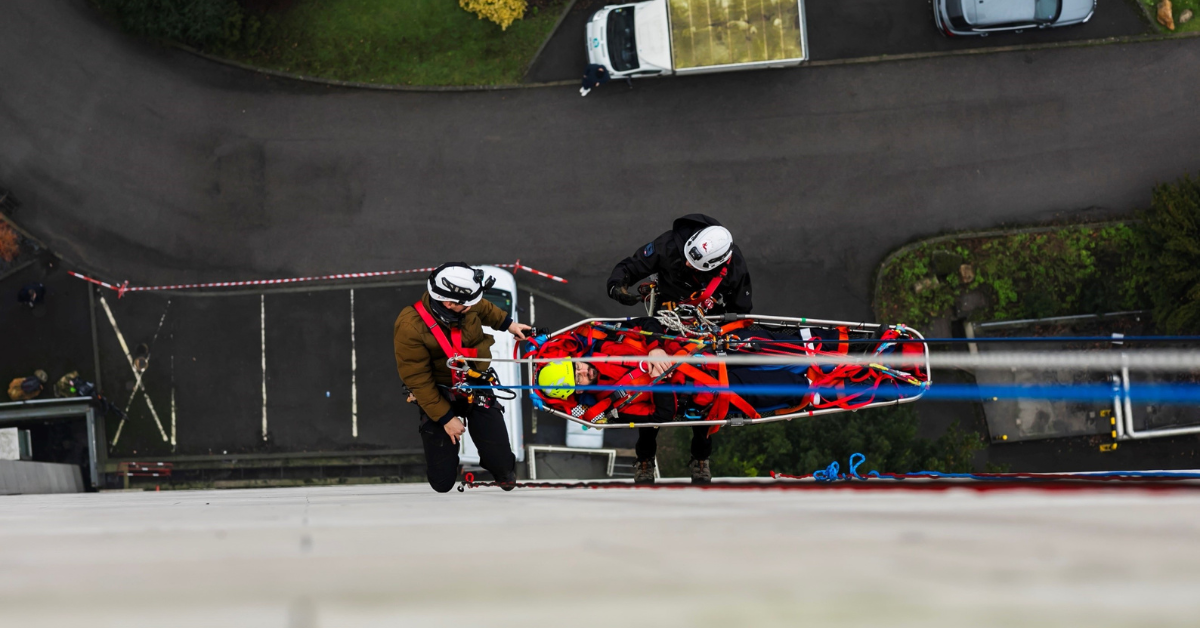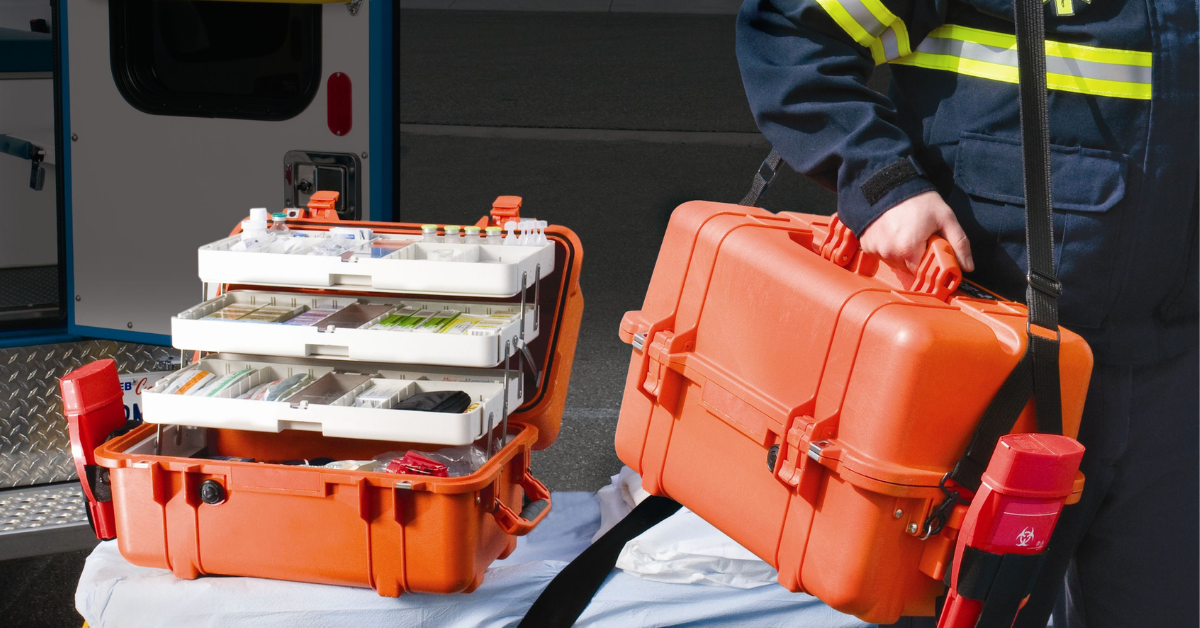Disaster relief and emergency responders often operate in challenging environments where every second counts. The bulkiness of protective cases can be a significant hindrance in tight rescue spaces. This article addresses common concerns and provides practical solutions to optimise the use of these essential cases.
.png?width=1200&height=628&name=Utility-Disaster-4%20(1200x628).png)
How can bulky cases impact efficiency in rescue operations?
In emergency situations, the ability to move swiftly and efficiently is crucial. Bulky cases can slow down operations, making it difficult to manoeuvre through narrow corridors or cluttered areas. Responders need to quickly access their equipment, and cumbersome cases can obstruct paths and create delays.
Best practices for managing space when using large protective cases in tight areas
- Prioritise Equipment: Only bring essential items into tight spaces. Store non-critical gear in a staging area.
- Strategic Placement: Position cases near exits or entry points to avoid blocking critical pathways.
- Stacking and Organising: Use modular and stackable cases to maximise vertical space and maintain order.
- Pre-Planning: Map out the rescue area beforehand to identify potential bottlenecks and plan case placement accordingly.
Are there any protective cases specifically designed to be less cumbersome in confined spaces?
Yes, there are protective cases designed with compactness and ease of transport in mind. For example, the Peli™ Air cases are up to 40% lighter than standard polymer cases while maintaining their legendary durability. These cases feature a lightweight HPX™ resin construction, which reduces weight without compromising strength, making them ideal for manoeuvring in tight spaces.
Ensuring essential equipment is easily accessible in cramped environments
Accessibility is key during emergencies. Here are some tips to ensure quick access to essential gear:
- Customisable Interiors: Use cases with customisable interiors like Peli’s Pick N Pluck™ foam or TrekPak™ dividers. These allow for efficient organisation, ensuring each item has its designated spot.
- Labelling: Clearly label the exterior and interior compartments of cases to quickly identify the contents.
- Quick-Access Panels: Opt for cases with quick-access panels or compartments for frequently used items.
- Training: Regularly train team members on the layout and contents of each case to minimise search time during an operation.
Innovations to reduce bulkiness without compromising durability
Several innovations have emerged to address the issue of bulkiness in protective cases:
- Advanced Materials: The use of advanced materials like Peli’s HPX™ resin helps create lighter cases that are just as durable as heavier ones.
- Compact Designs: Engineering designs that eliminate unnecessary bulk, such as honeycomb structural elements, which add strength without weight.
- Integrated Wheels and Handles: Many Peli cases come with smooth-rolling wheels and retractable handles, making them easier to transport in and out of tight spaces.
- Modular Systems: Modular case systems allow responders to adapt the interior configuration to suit specific needs, reducing the need for multiple cases.
While bulkiness in protective cases can pose challenges in tight rescue spaces, strategic planning and the use of innovative case designs can significantly mitigate these issues. Peli’s range of lightweight, durable cases offers practical solutions for disaster relief and emergency responders, ensuring that essential equipment is both protected and accessible when every moment counts. By adopting these best practices and innovations, responders can enhance their efficiency and effectiveness in the field.





.png)















Post a comment